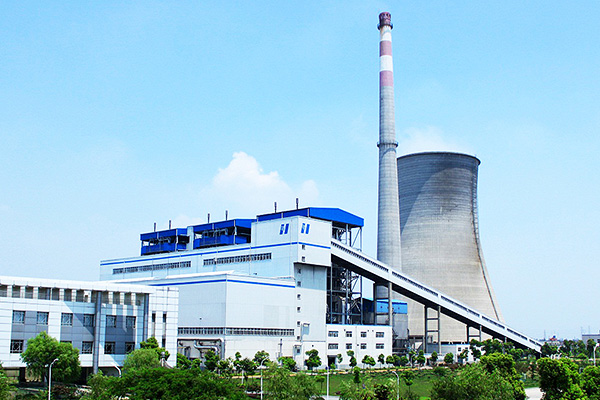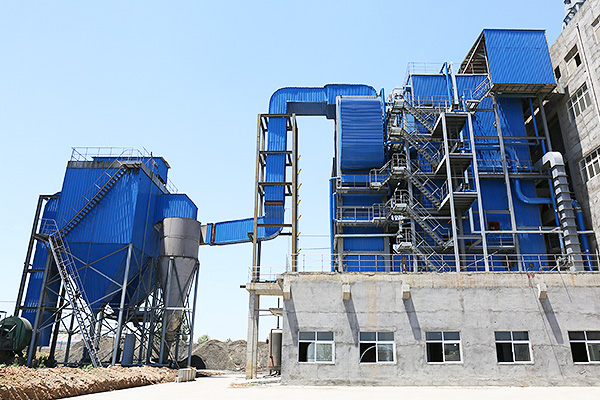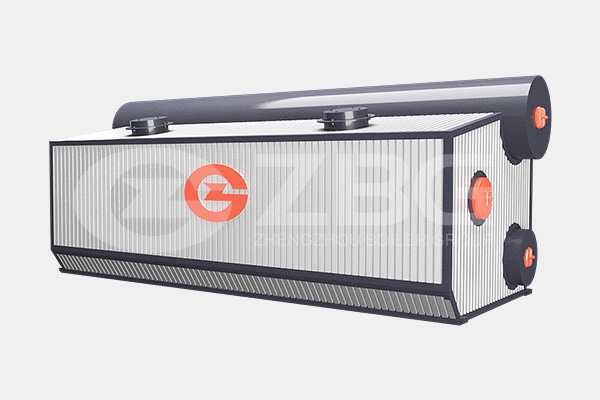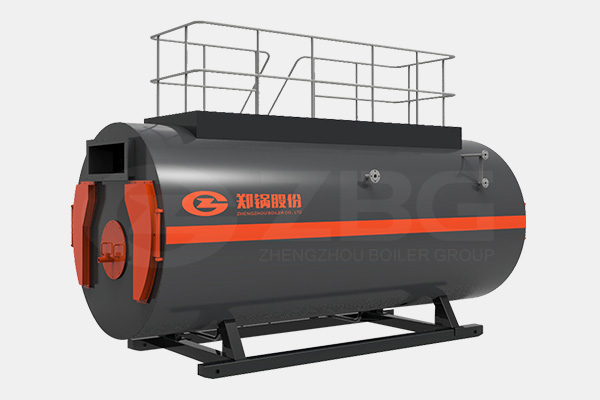How To Deoxygen In CDQ Waste Heat Boiler
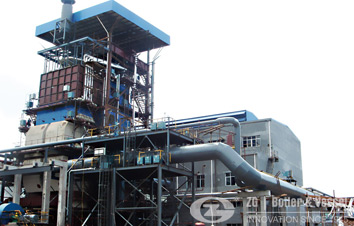
CDQ waste heat boiler is widely used in coke production, to recovery the waste heat produced by coke dry quenching process. It is mainly to cool the cycle gas and produce steam. During the CDQ waste heat boiler operation, the deoxygenization work for water quality is very important and in this article we are to introduce the deoxygenization measures for waste heat boiler.
Why CDQ waste heat boiler water needs deoxygenization
For the water quality of coke dry quenching waste heat boiler, deoxygenization is very necessary. If not, may cause boiler corrosion and damage. Every year, there are a big proportion of waste heat boilers discarded as useless. Engineers from boiler manufacturer ZG give some corresponding measures.
Measures for waste heat boiler deoxygenization
1. thermal deoxygenization: its principle comes from Gas Dissolved Law (Henry’s Law). Any gas solubility in water is in direct proportion to the gas partial pressure in gas-water interface, regardless of the atmospheric pressure. Using thermal deaeration can not only remove the oxygen in CDQ waste heat boiler water, also remove the CO2, NH3, H2S, etc gases..
2. chemical deoxygenization: this measure is mainly to add chemical deoxygenizer in boiler water of waster heat boiler, like steel scrap deoxygenizer, sodium sulfite and oxygen, hydrazine deoxygenizer and so on.
Manufacturer of waste heat boiler
ZG Boiler can manufacture 2 ton -100 ton waste heat boiler for CDQ, the boiler can be used for generating electricity, to reduce enterprises power consumption, besides, the left steam can be used in other processing. It has the advantages of energy saving, less cost, less emission and good performance.
